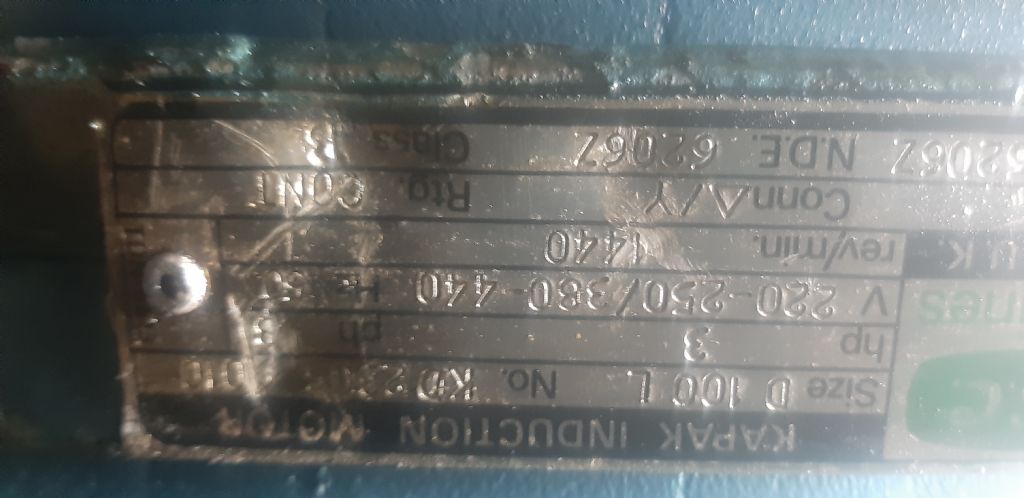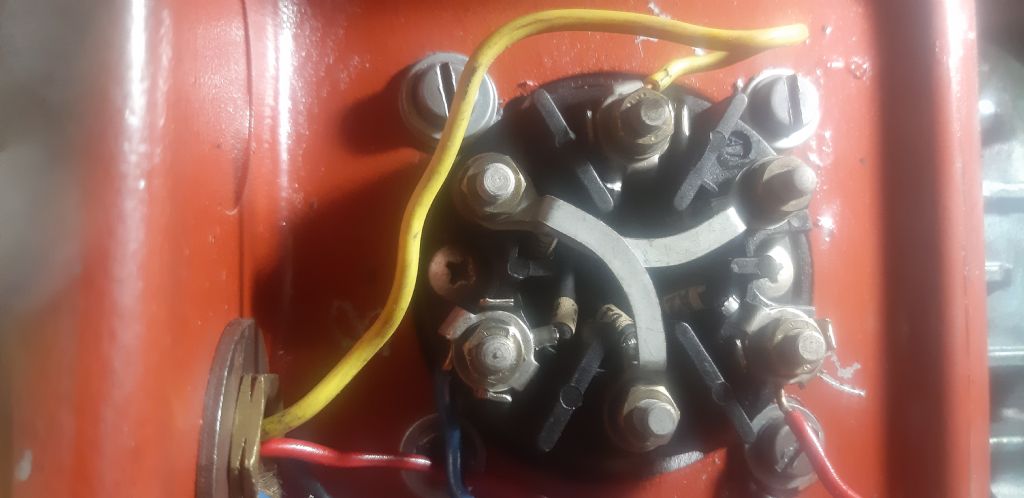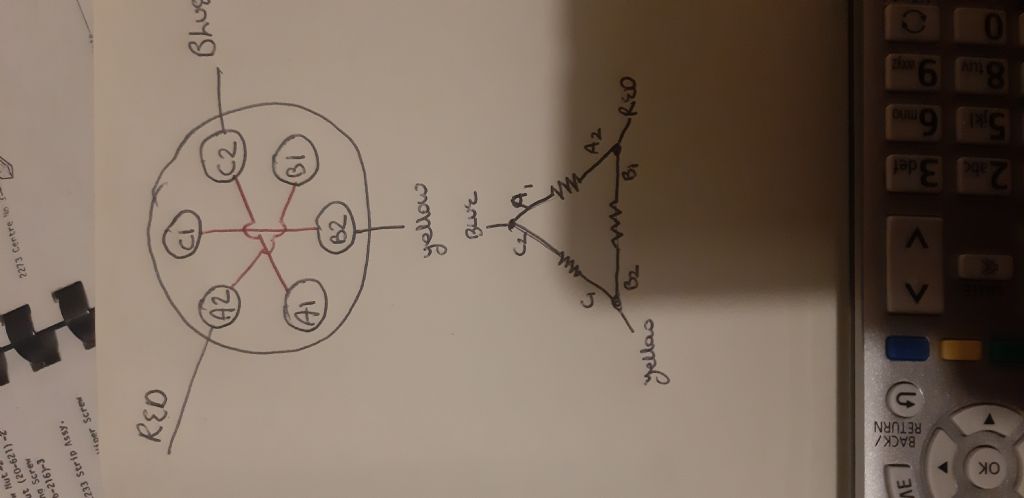Chipmaster motor wiring
Chipmaster motor wiring
- This topic has 22 replies, 8 voices, and was last updated 27 August 2021 at 16:52 by
John Haine.
Viewing 23 posts - 1 through 23 (of 23 total)
Viewing 23 posts - 1 through 23 (of 23 total)
- Please log in to reply to this topic. Registering is free and easy using the links on the menu at the top of this page.
Latest Replies
Viewing 25 topics - 1 through 25 (of 25 total)
-
- Topic
- Voices
- Last Post
Viewing 25 topics - 1 through 25 (of 25 total)







